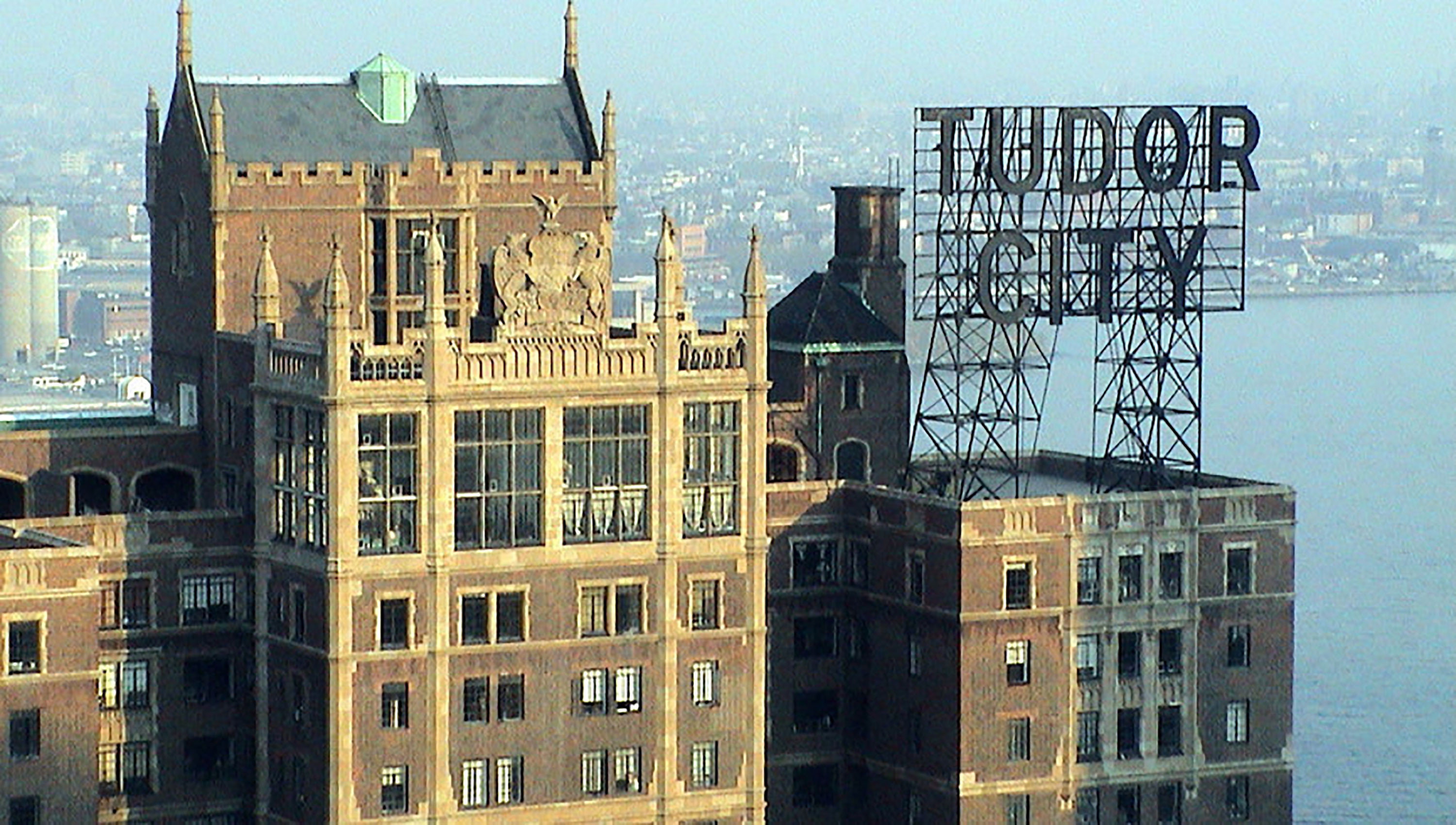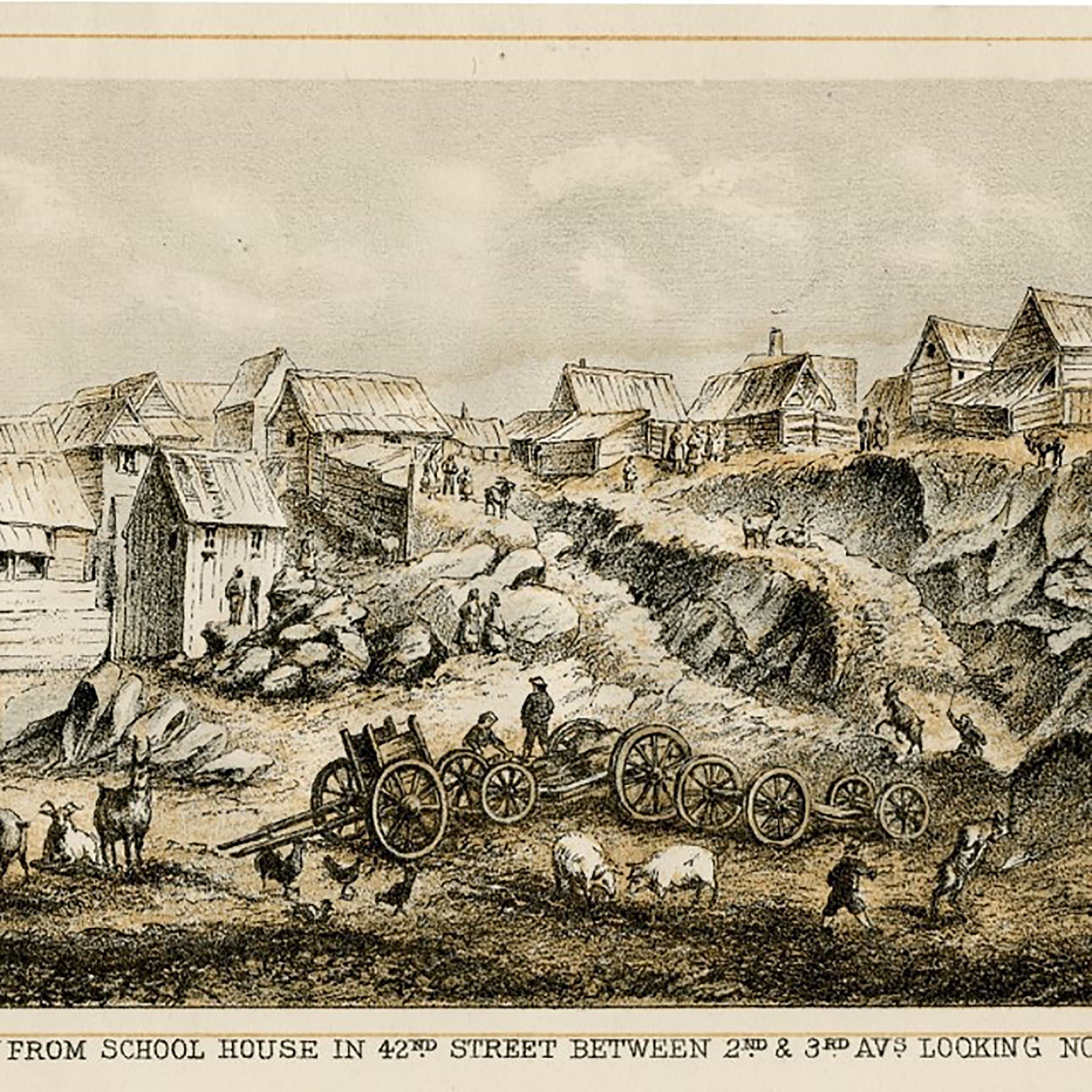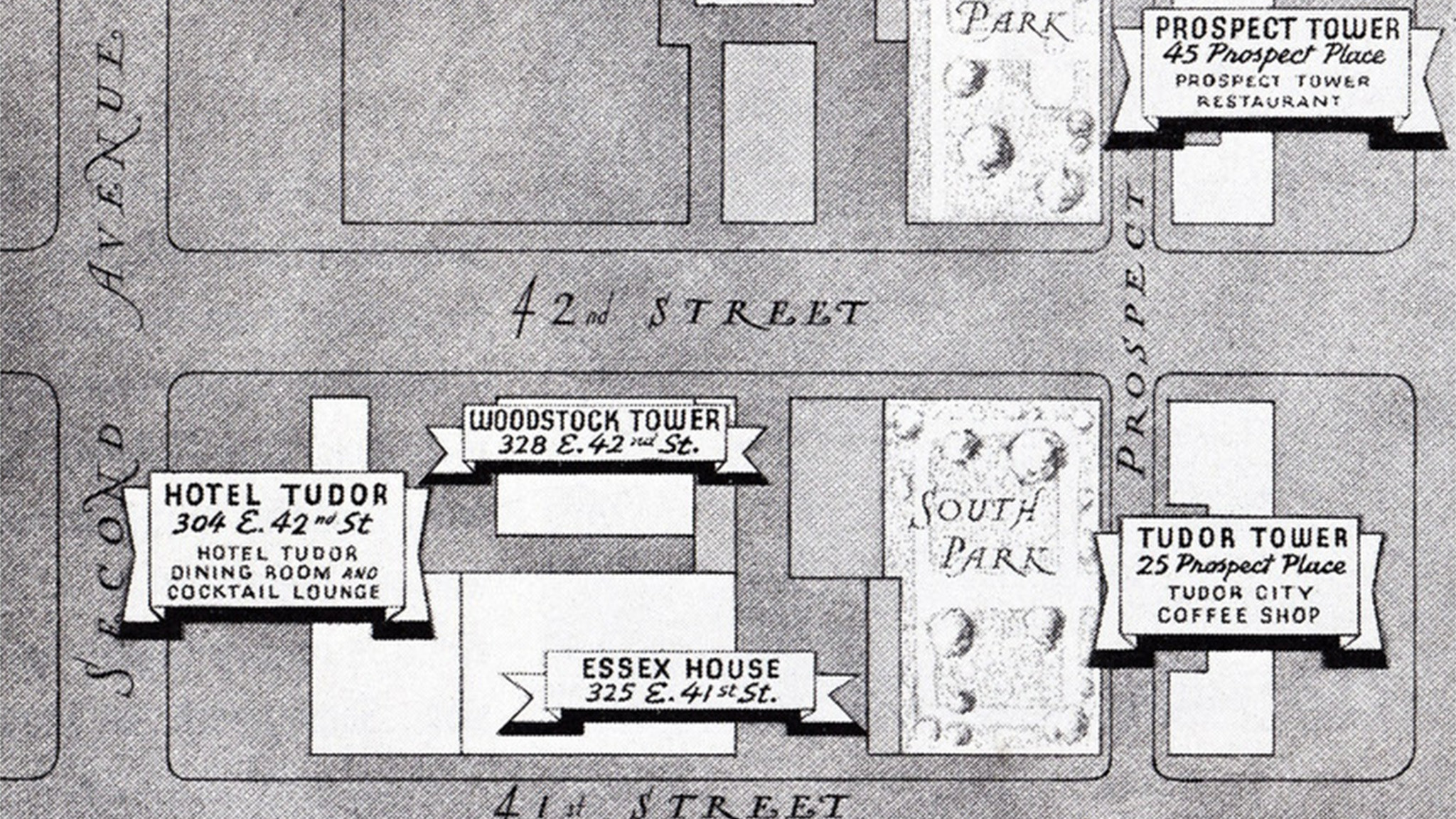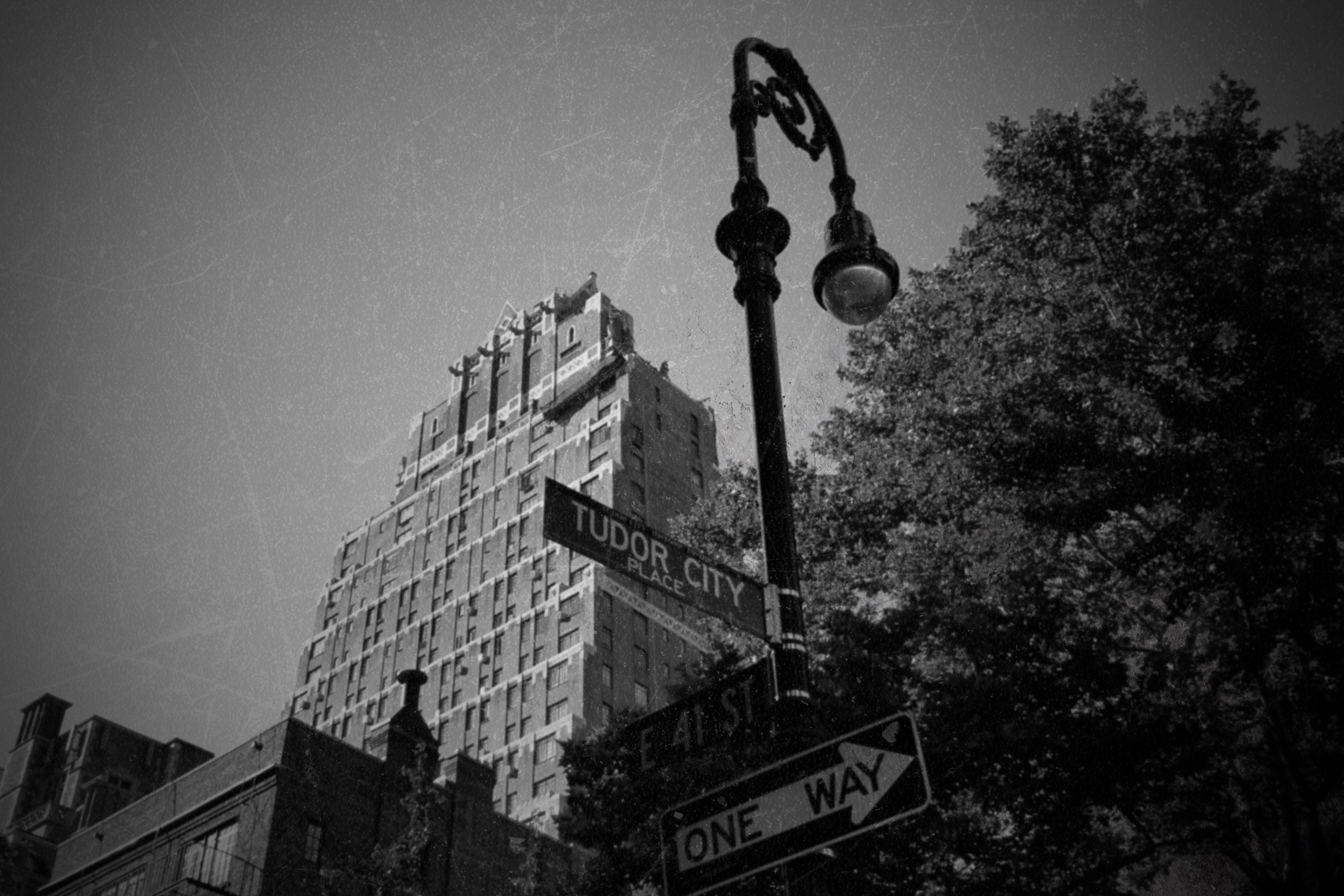


Looking for historical attractions in NYC close to Grand Central? From your iconic digs at Westgate New York Grand Central, you'll find a diverse and unique history behind Tudor City and the surrounding Murray Hill district of Manhattan's Midtown East corridor! And not only is the neighborhood historic, our hotel is as well! So whether you're looking for historic NYC landmarks on a weeklong sightseeing journey or you're just diving into the micro-cosmic cultural nuances of a few square city blocks, we invite you to come and explore historical Midtown Manhattan with Westgate Resorts!

Once home to Turtle Bay and the Winthrop family farm following the American Revolution, lies what is today Tudor City. In the past, the land Tudor City is located was once a scenic, granite bluff known as Prospect Hill. This area soon became one of Manhattan’s most notorious neighborhoods after the New York Commissioner’s Plan in 1811 to create a street grid system ended farming in Manhattan, which did not bode well for Prospect Hill.

By the time of the American Civil War, times were harsh here, and the undeveloped Prospect Hill became known as Dutch Hill. It was also known as Goat Hill because of all the goats freely roaming the dirt roads, weaving between the mud and board houses. At the time, this shantytown, ran by Jimmy “Paddy” Corcoran and his Rag Gang (yes, think Martin Scorsese’s film Gangs of New York), soon became notoriously known as Corcoran’s Roost, thanks to the Rag Gang’s accused thievery and murderous actions.
After the Civil War, things began to look up for the Prospect Hill neighborhood, and by the 1870’s, thanks to post war prosperity, some middle-class rowhouses were built on what was then Prospect Place. This semi-prosperous time for Prospect Hill was short lived, thanks in large part to the building of the Second Avenue Elevated Train which threw soot into the air, causing breathing issues among the area’s citizens, forcing many to move, causing the neighborhood to decline once more.

The Original Grand Central Station is completed and the reshaping of Uptown into the modern day Midtown that we know today begins.
By the time Snook’s Depot was built it was already obsolete. It wasn’t long after that the plans had been set in place to build larger even more “Grand” station, and by 1903 construction had begun.
By 1913 the construction of Grand Central Terminal was completed, and New York was changed forever, bringing the need for such places as our beloved Tudor City.

12 years after the construction of Grand Central Terminal, real estate developer Fred Fillmore French, began his own “Grand” design to change Prospect Hill into what we know it as today, Tudor City. French’s plan was to create the largest apartment complex in all of Manhattan, he called it, “a city within a city” and what would become a suburbanesque oasis in the heart of New York City; a place in Manhattan were the middle class could still call home. By the time Tudor City was completed in 1930, it consisted of 2,800 apartments and 600 hotel rooms, the hotel, then known as the Hotel Tudor, is still here to this very day and now more vibrant than ever, as the Westgate New York Grand Central.